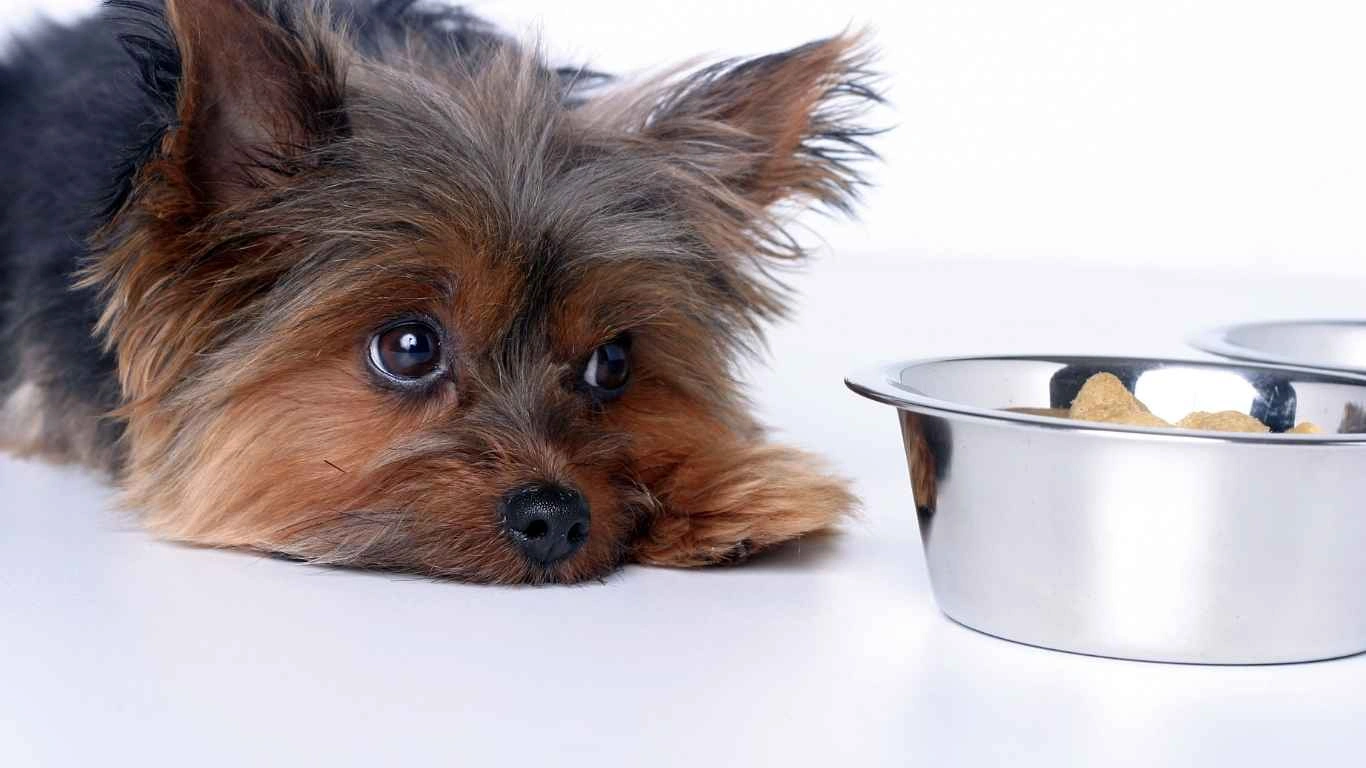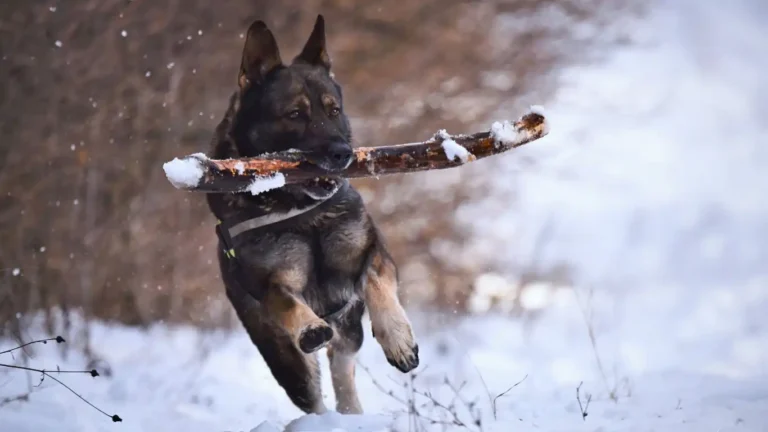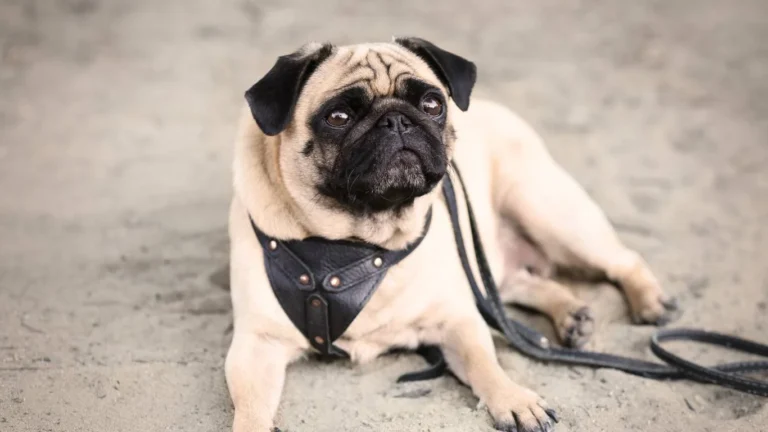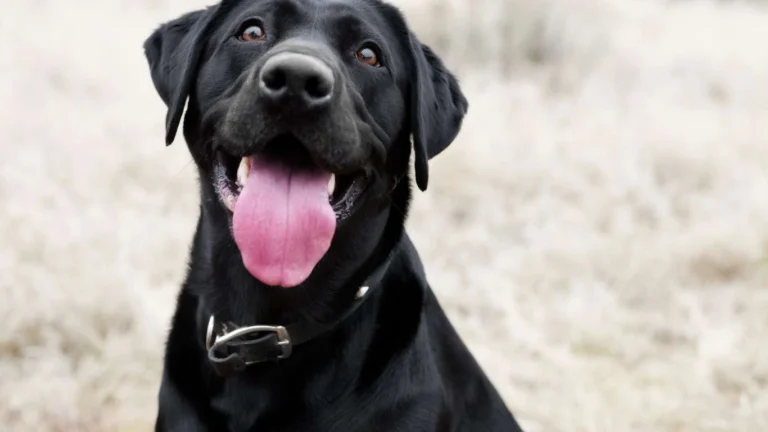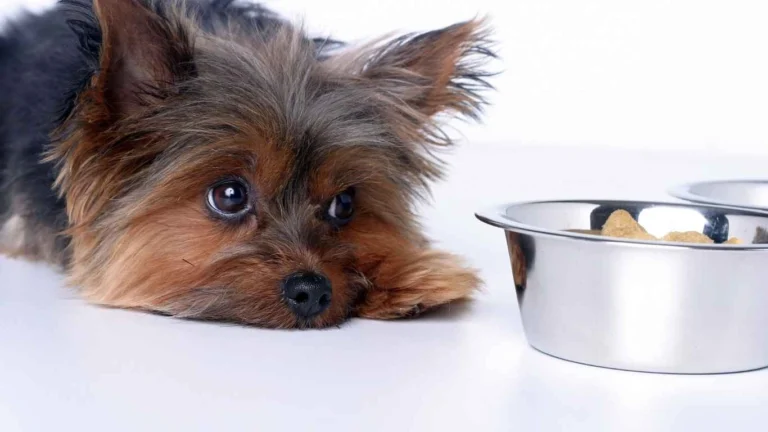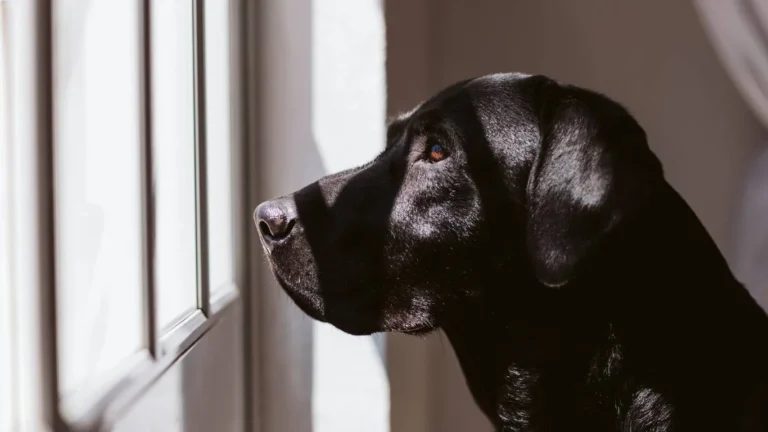How to Make Homemade Electrolyte Drinks for Dogs: Easy & Effective Hydration
As a pet nutritionist with years of experience working in veterinary clinics, I’ve seen firsthand how important it is to ensure our dogs stay hydrated and healthy. Sometimes, just water isn’t enough—especially if your dog is ill, has been exercising intensely, or is exposed to extreme temperatures. In those moments, knowing how to make homemade electrolyte drinks for dogs can be a lifesaver. Electrolyte drinks help to restore the balance of essential minerals in their body, promoting better hydration and preventing dehydration-related issues. In this article, I’ll walk you through how you can easily prepare these drinks at home, ensuring your dog stays happy, hydrated, and healthy.
What Are Electrolytes and Why Are They Important for Dogs?
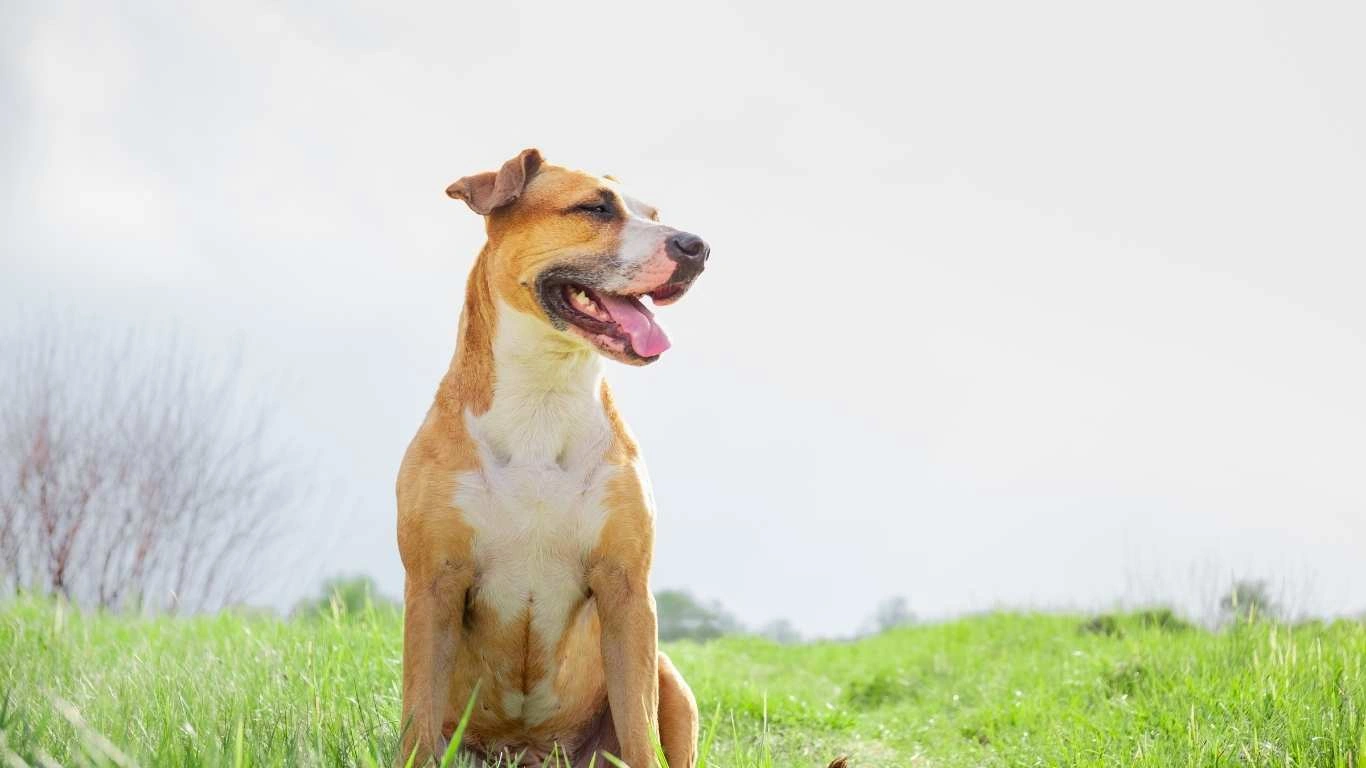
Before we dive into the process of making homemade electrolyte drinks for dogs, let’s quickly go over what electrolytes are and why they are so important for your furry friend. Electrolytes are minerals that carry an electric charge, and they play a vital role in maintaining the body’s fluid balance, nerve function, and muscle function. The primary electrolytes we think of are sodium, potassium, and chloride. These minerals help regulate fluid balance, muscle contractions, and overall hydration levels in the body.
When dogs become dehydrated—whether due to heat, illness, or intense physical activity—they lose not only water but also these critical electrolytes. This can lead to a variety of health issues, including weakness, muscle cramps, lethargy, and even organ failure in extreme cases. That’s why replenishing electrolytes is just as important as rehydrating them with water. Making homemade electrolyte drinks for dogs can help prevent these issues and speed up recovery from dehydration.
Signs of Dehydration in Dogs
It’s essential to recognize the signs of dehydration in your dog so that you can act quickly. As a pet care expert, I can’t emphasize enough how vital it is to address dehydration early. Here are some common signs to watch for:
- Excessive panting: While dogs naturally pant to regulate their body temperature, excessive panting is a sign they may be overheated or dehydrated.
- Dry or sticky gums: If you gently lift your dog’s lip and notice dry, sticky gums, it’s a clear sign that they may be dehydrated.
- Lethargy: A dog that is unusually tired, sluggish, or unwilling to play could be dehydrated.
- Loss of appetite: Dogs who are dehydrated might refuse food or water.
- Sunken eyes: Dehydration can cause the eyes to appear sunken or dull.
- Skin tenting: Gently pinch the skin between your dog’s shoulder blades. If it doesn’t immediately spring back into place, this could indicate dehydration.
If you notice any of these signs, it’s essential to act quickly. Sometimes, offering an electrolyte drink can be an easy way to help your dog recover, but severe dehydration may require veterinary attention. So, be proactive when it comes to hydration!
How to Make Homemade Electrolyte Drinks for Dogs
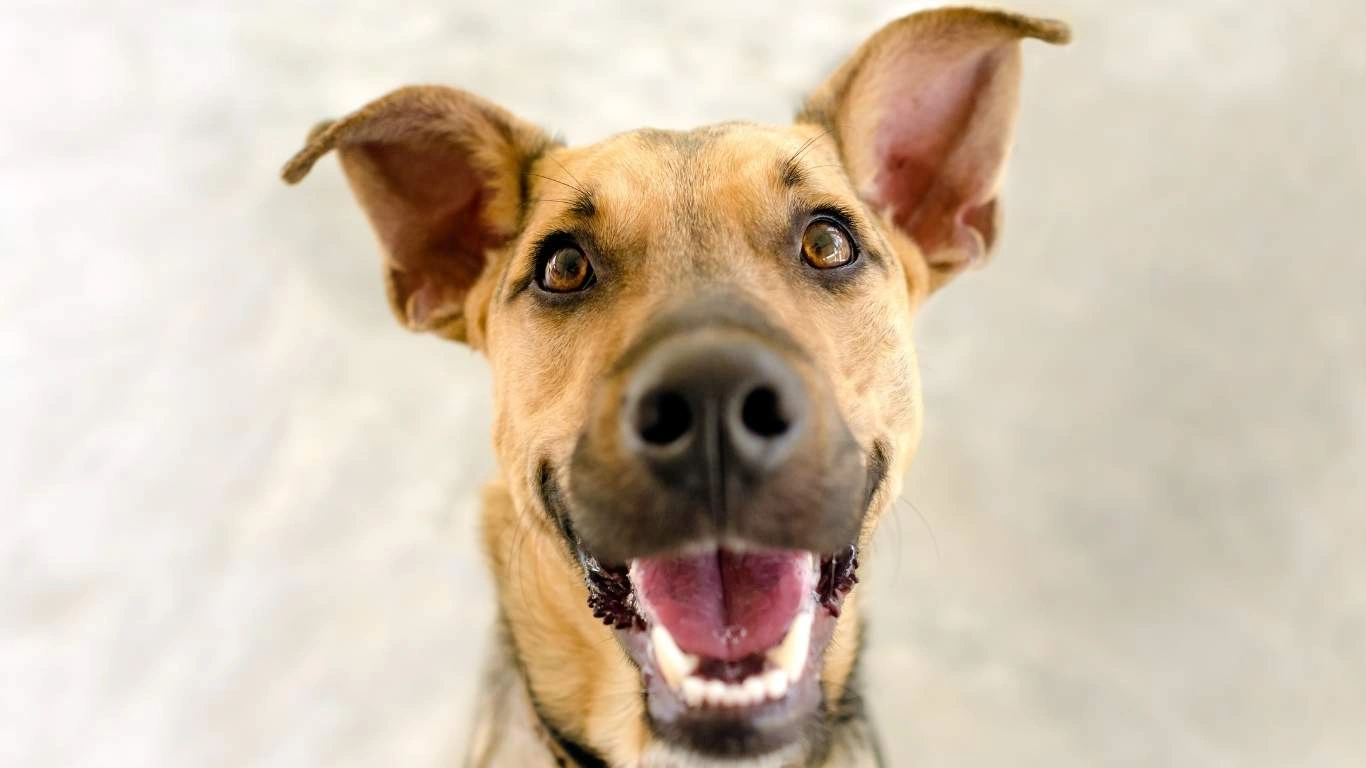
Now that you understand the importance of electrolytes and how to recognize dehydration, let’s get to the good stuff: making your own homemade electrolyte drinks for dogs! This is not only a cost-effective solution, but it also ensures you know exactly what’s going into your dog’s body.
The following recipe is simple and made with ingredients that are safe and effective for dogs. But remember, while homemade solutions are fantastic, they should never replace veterinary care if your dog is seriously dehydrated. Always check with your vet if you’re unsure.
Basic Homemade Electrolyte Drink Recipe
This recipe can be easily adjusted depending on your dog’s size and the severity of their dehydration. Here’s what you’ll need:
- 1 cup of water: The base of any electrolyte drink is water, as it helps hydrate your dog.
- 1/2 teaspoon of salt: Sodium helps to retain water and maintain hydration levels.
- 1/2 teaspoon of baking soda: This helps to restore the pH balance in your dog’s body.
- 1 tablespoon of honey or maple syrup: A natural source of simple sugars that can give your dog a quick energy boost.
- 1/2 cup of coconut water: Coconut water is a great source of potassium, an important electrolyte.
Instructions:
- Start by boiling the water. Once it reaches a boil, remove it from the heat and let it cool slightly.
- Add the salt and baking soda, stirring until they’re fully dissolved.
- Mix in the honey or maple syrup to provide a small amount of sugar for energy.
- Finally, add the coconut water. Stir everything together until well combined.
- Let the mixture cool to room temperature, and it’s ready to serve!
Make sure to store any leftover drink in the refrigerator for up to 3 days. Always serve this drink at room temperature or slightly chilled, as some dogs may not like it too cold. You can also adjust the ingredients based on your dog’s preferences. For example, if your dog doesn’t like coconut water, you can swap it out for a more traditional sports drink (like Pedialyte) with no added artificial sweeteners, or stick to just water. The idea is to provide a balanced, hydrating solution for your dog’s needs.
How Often Should You Give Your Dog Electrolyte Drinks?
The frequency of giving your dog electrolyte drinks depends on their level of dehydration and activity. If your dog has mild dehydration or has been exercising for a long period, offering small amounts of the drink every 30 minutes can help. If they’re severely dehydrated, it’s best to consult your vet first. In general, don’t overdo it. Electrolyte drinks should be given in moderation and should never replace regular water intake.
In the next section, we’ll discuss how to recognize when your dog may need an electrolyte drink and some common mistakes to avoid when preparing them. Stay tuned for more tips and tricks!
How to Recognize When Your Dog Needs Electrolyte Drinks
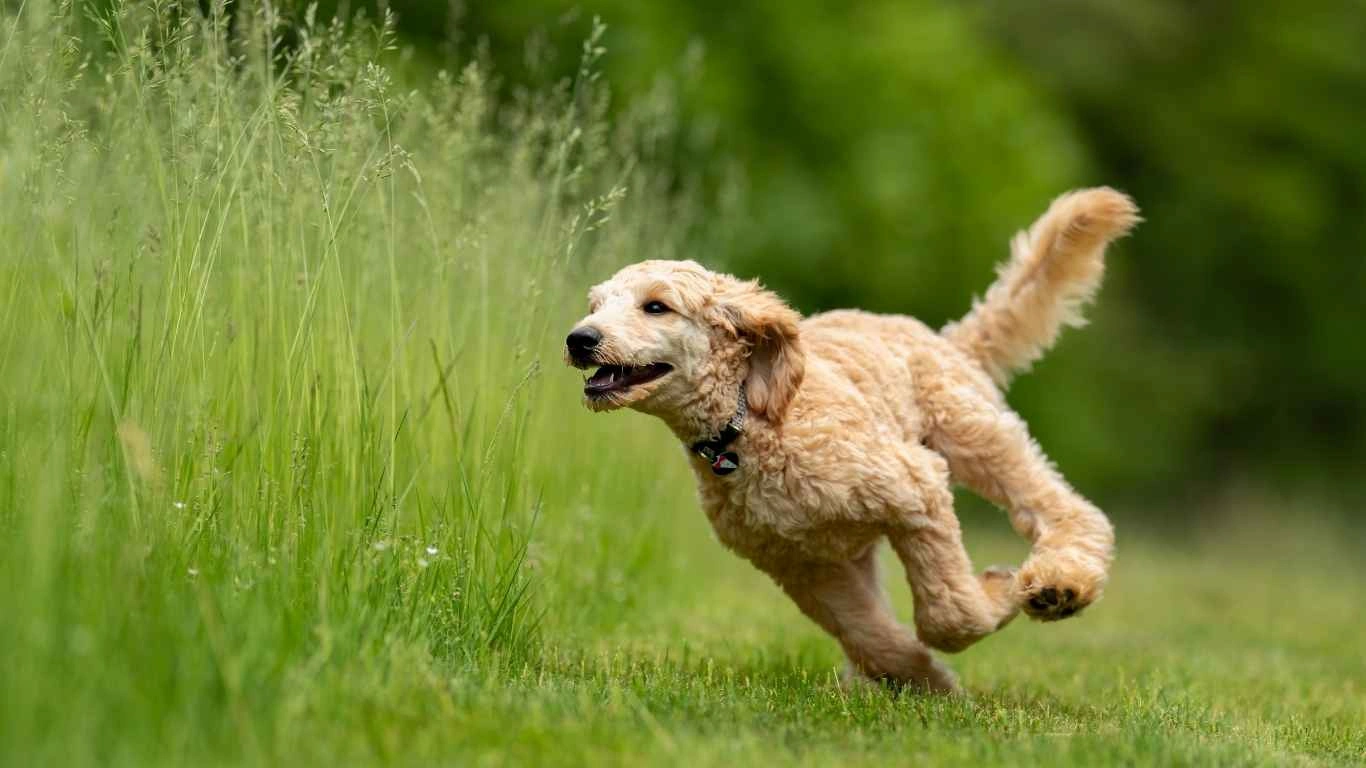
When it comes to keeping your dog hydrated, it’s not always as easy as just offering them a bowl of water. Sometimes, electrolyte drinks are necessary to give them that extra boost of hydration and replenish lost minerals. But how do you know when your dog needs one of these special drinks? In my years of experience working with dogs in veterinary clinics, I’ve found that it’s usually pretty clear once you learn to spot the signs. Let’s walk through some scenarios where electrolyte drinks are especially helpful and how to recognize when your dog may need one.
After Exercise or Playtime
If your dog has had an active day of playing, running, or hiking, chances are they’ve lost some electrolytes through sweat (yes, dogs sweat too, mostly through their paws) and panting. In these situations, offering a homemade electrolyte drink can be a great way to help your dog recover faster. If they’re showing any signs of dehydration, like excessive panting, dry gums, or fatigue, it’s time to offer them a drink.
As a pet nutritionist, I’ve always suggested making electrolyte drinks a part of your dog’s post-exercise routine, especially during the hot months. After a long walk in the sun or an intense play session, your dog may be more susceptible to dehydration, and an electrolyte drink can speed up their recovery.
During Hot Weather or High Heat
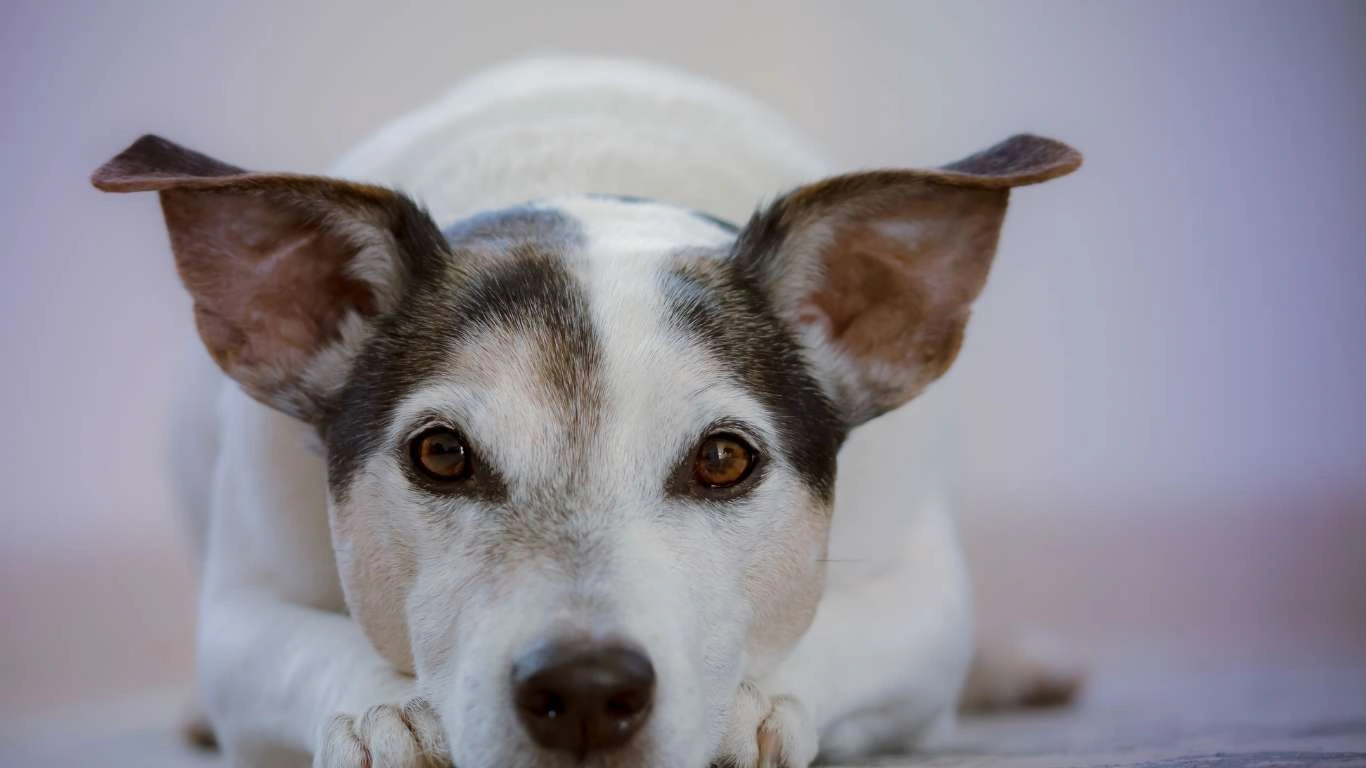
Summer heat can be tough on our dogs, especially those with thick coats or short snouts (like Bulldogs or Pugs) that are prone to overheating. If your dog spends a lot of time outside during the summer, they’re at a higher risk of becoming dehydrated. In these situations, electrolyte drinks can be a lifesaver. Dehydration can sneak up quickly, especially if your dog isn’t drinking as much water as they should.
I’ve had clients come to me worried that their dogs are suffering from heatstroke, but after giving them an electrolyte drink, they perk up right away. Electrolytes help regulate their body temperature and prevent heat exhaustion. It’s a quick, easy way to make sure your dog is staying hydrated while out in the heat.
When They Are Sick
One of the most challenging moments for pet owners is when their dog falls ill. Vomiting, diarrhea, or just feeling under the weather can all lead to dehydration. If your dog has been throwing up or has had loose stools, they can quickly lose fluids and electrolytes. Offering them an electrolyte drink can help replenish those lost minerals and get them back on track.
In my experience, I’ve seen how beneficial electrolyte drinks can be when a dog is sick. It’s often one of the first steps I suggest to pet owners before rushing to the vet, especially if their dog is still energetic but just seems a little off. If your dog isn’t eating or drinking on their own, giving them small amounts of the drink throughout the day can help get them back to feeling better.
Common Mistakes to Avoid When Preparing Electrolyte Drinks for Dogs

Making homemade electrolyte drinks for dogs sounds like an easy task, and it certainly can be! However, there are a few common mistakes I’ve seen over the years that can make these drinks less effective or even harmful. Let’s talk about what to avoid when preparing these drinks for your furry friend.
Using Too Much Sugar
One of the biggest mistakes I see is adding too much sugar to electrolyte drinks. Yes, you want your dog to stay hydrated, but adding too much sugar can do more harm than good. Excess sugar can lead to a sugar rush, upset stomach, or even long-term health issues like weight gain or diabetes. When I make electrolyte drinks for my own dogs, I always keep the sugar to a minimum, using only natural sources like honey or maple syrup in small amounts.
Remember that dogs don’t need the same amount of sugar as humans. A little bit goes a long way. Stick to natural, simple sugars that won’t cause a spike in their blood sugar levels.
Using Artificial Sweeteners
Another mistake to avoid is using artificial sweeteners, like xylitol, which is extremely toxic to dogs. Even in small amounts, xylitol can cause a life-threatening drop in blood sugar, liver failure, and seizures. Always check labels before using any sweeteners in your homemade electrolyte drinks, and stick with natural options that are safe for dogs. When in doubt, leave it out!
Forgetting About the Salt Ratio
Electrolyte drinks are all about balance—especially the sodium and potassium content. Too much salt can make your dog sick, leading to symptoms like vomiting, diarrhea, and excessive thirst. On the other hand, too little salt can make the drink ineffective at replenishing lost electrolytes. That’s why I always recommend using a small amount of salt, like half a teaspoon per cup of water, to ensure the drink is effective without being harmful. When you’re making electrolyte drinks for your dog, don’t just throw in a pinch of salt. Use a precise measurement to get the right balance.
Not Offering It in Small, Frequent Sips
When you give your dog an electrolyte drink, it’s important to remember that moderation is key. It’s not a good idea to just fill up a large bowl and let your dog drink it all at once. Instead, offer the drink in small, frequent sips throughout the day. This will ensure your dog’s body absorbs the fluids and electrolytes at a safe pace, preventing them from drinking too much too quickly. I often tell pet owners to keep the drink in a small bowl and refill it every hour or so, offering a few sips at a time.
Sometimes, dogs can be picky about what they drink, especially if they’re not feeling their best. If that’s the case, try offering the drink in different ways—using a syringe or dropper for smaller doses, or adding a little bit of flavor with low-sodium chicken broth to make it more appealing. Every dog is different, and sometimes you have to get creative with how you hydrate them!
In the next section, we’ll dive deeper into how to prevent dehydration in dogs, including tips on daily hydration and when to seek professional help. Stay tuned!
How to Prevent Dehydration in Dogs
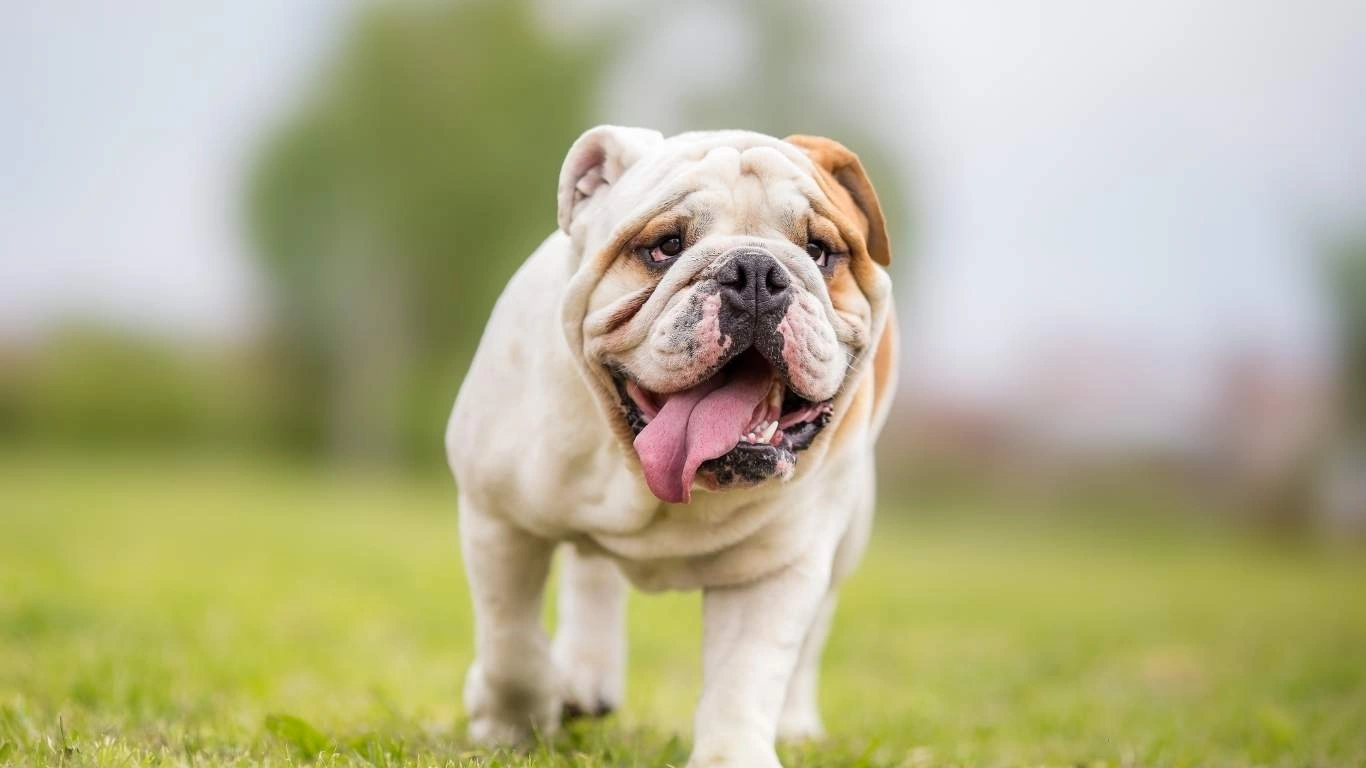
While knowing how to make homemade electrolyte drinks for dogs is incredibly helpful, the best approach to keeping your dog healthy is preventing dehydration in the first place. Dehydration can sneak up on your dog, and it’s much easier to avoid than to treat. As a pet nutritionist, I always emphasize the importance of regular hydration habits and being proactive. There are a few easy strategies that can keep your dog’s hydration levels in check every day.
1. Keep Fresh Water Accessible
The simplest way to prevent dehydration in dogs is to always ensure they have access to clean, fresh water. It may seem obvious, but I’ve found that some dog owners overlook the basics. Dogs are more likely to drink water when it’s fresh and clean. Consider using a pet water fountain to encourage your dog to drink more, as the flowing water often attracts them more than a stagnant bowl. I’ve seen dogs who were reluctant to drink from a bowl but were happy to drink from a fountain.
Additionally, make sure your dog’s water bowl is large enough and in a convenient location. If they have to move around a lot to find their water, they may avoid drinking altogether. It’s always a good idea to have multiple water stations around your home, especially if your dog is very active or has free roam of the yard.
2. Monitor Water Intake During Exercise
If your dog is especially active, you’ll need to be extra mindful of their hydration levels. When dogs are running, playing, or hiking, they lose more fluids, and it’s easy for them to get dehydrated. Always offer water during and after any intense activity, even if they don’t seem thirsty at the moment. I recommend bringing water and a collapsible bowl on walks or hikes, so your dog can take a quick drink when needed.
During hot weather, take breaks often to allow your dog to cool off and drink water. If your dog is playing outside in the summer heat, providing electrolyte drinks after exercise can also be helpful, but always make sure they’re drinking water regularly throughout the day as well.
3. Hydrating Foods and Treats
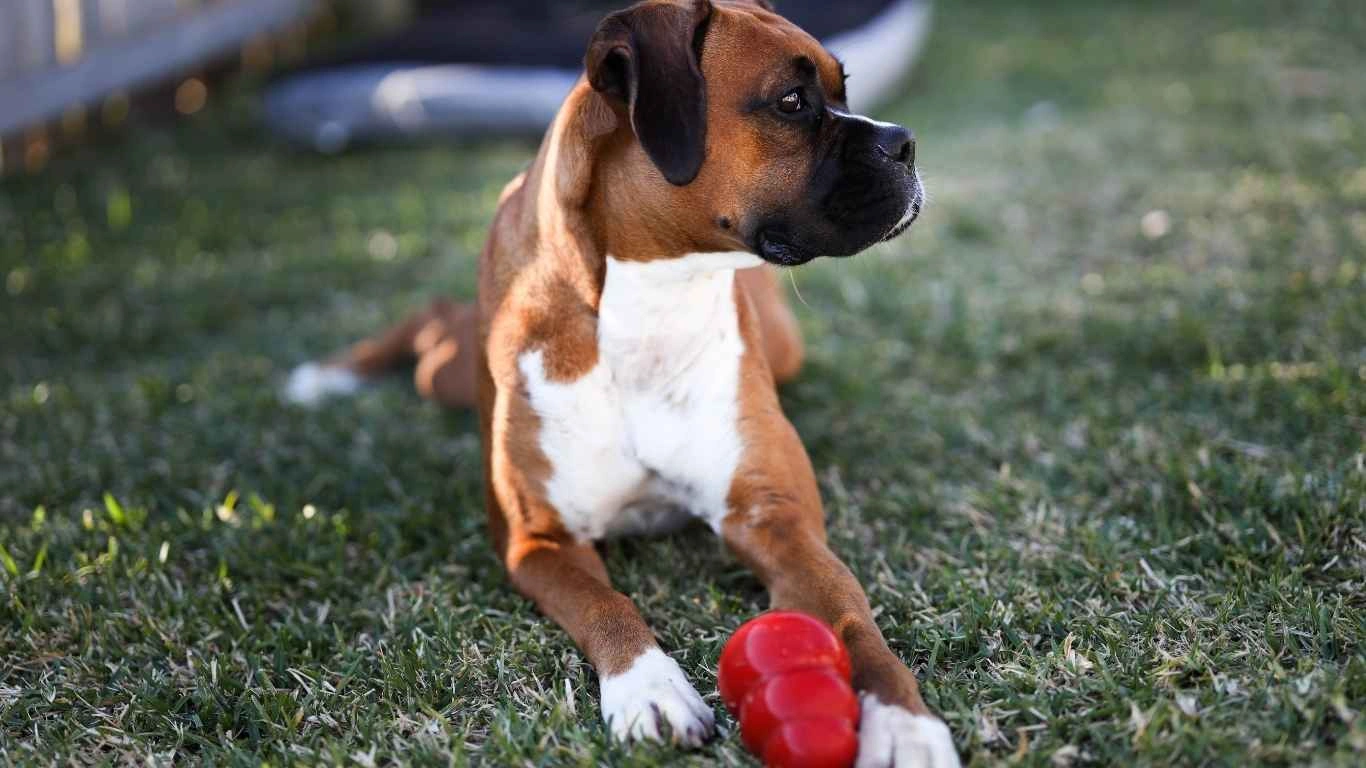
Not all hydration needs to come from a water bowl. Adding hydrating foods to your dog’s diet can be an excellent way to keep them hydrated. Many fruits and vegetables are high in water content and safe for dogs to eat in moderation. Some of the best hydrating foods include:
- Watermelon: A great treat for dogs, watermelon is packed with water and vitamins. Just make sure to remove the seeds and rind.
- Cucumber: Dogs love cucumber slices, and they’re very hydrating with a high water content.
- Carrots: These crunchy vegetables not only help with hydration but also provide essential nutrients and fiber.
- Blueberries: Packed with antioxidants and hydration, blueberries are great for dogs and make a healthy snack.
- Broccoli: This is another veggie that can hydrate your dog, and it’s full of fiber and vitamins.
I’ve often used hydrating fruits like watermelon as a cooling treat for my own dogs during the hot summer months. Not only does it help them stay hydrated, but it also keeps them entertained and cool. Hydrating foods can be a great supplement to regular water intake, especially if your dog isn’t a big water drinker.
4. Avoid Salt and Human Snacks
It’s easy to think that if we’re hydrating our dogs, we can toss them a handful of salty chips or crackers. However, these human snacks can actually contribute to dehydration. Salt can cause your dog’s body to retain water but also make them thirstier, leading them to drink more than they should. This can throw off their natural hydration balance. Instead, stick to dog-friendly treats and snacks that provide hydration without the added salt and sugars.
Additionally, be mindful of foods that can cause dehydration. Things like spicy foods, greasy foods, or foods high in fat can upset your dog’s stomach and potentially lead to dehydration. Stick with simple, hydrating foods that your dog enjoys.
5. Always Have Water on Hand When Traveling
If you’re taking your dog on a road trip or out for a long day at the park, always bring along a portable water bowl and fresh water. Even if you’re traveling by car, long periods without water can lead to dehydration. In my experience, traveling can sometimes cause stress in dogs, and that stress can lead to them forgetting to drink. It’s crucial to offer them water at regular intervals during the trip, especially if you’re traveling to a warmer climate.
Hydration should be a constant consideration whether you’re at home or on the go. Your dog’s water needs don’t disappear just because they’re in a new environment. Having a travel-friendly water setup is essential for keeping them comfortable and healthy during your adventures together.
When to Seek Veterinary Help
While knowing how to make homemade electrolyte drinks for dogs can be incredibly helpful, there are times when professional veterinary care is necessary. If your dog is severely dehydrated or exhibiting signs of heatstroke or other medical conditions, it’s best to seek help immediately. Common signs that require a vet visit include:
- Excessive lethargy or weakness: If your dog seems excessively tired or unable to move, it may be a sign of severe dehydration.
- Vomiting or diarrhea that won’t stop: Prolonged vomiting or diarrhea can rapidly lead to dehydration and requires veterinary attention.
- Sunken eyes and dry, sticky gums: These are signs that your dog may be severely dehydrated and needs immediate intervention.
- Excessive panting or difficulty breathing: If your dog is panting heavily even when at rest, it could be a sign of heatstroke or dehydration.
In these cases, an electrolyte drink is not enough to restore their hydration. A veterinarian can provide intravenous fluids or other treatments that are necessary to stabilize your dog. Always err on the side of caution, and don’t hesitate to reach out to your vet if you’re unsure about your dog’s condition.
Disclaimer
The information provided in this article is for educational purposes only. It is not intended to replace professional veterinary advice, diagnosis, or treatment. Always consult with a licensed veterinarian before making any changes to your dog’s diet or hydration routine, especially if your pet is experiencing any health concerns.
For more pet care advice, visit our website at PawPatron for resources and expert guidance on keeping your dog happy and healthy!
